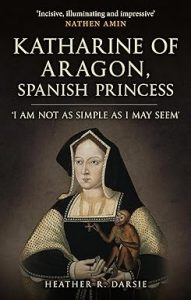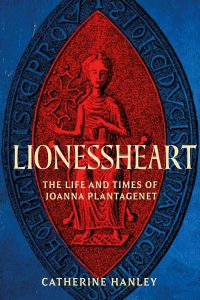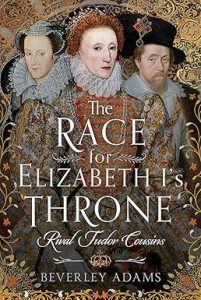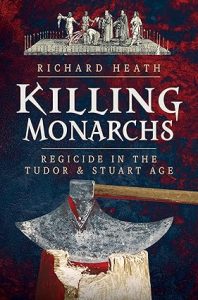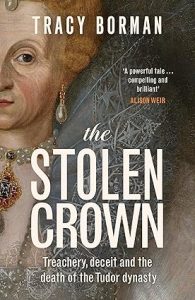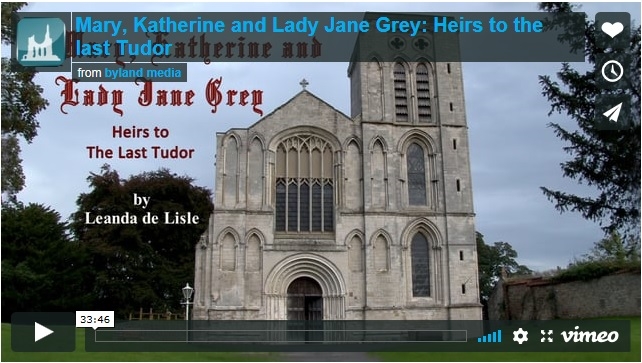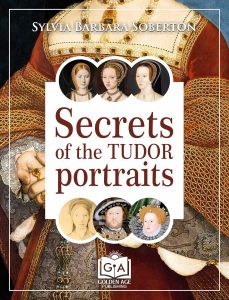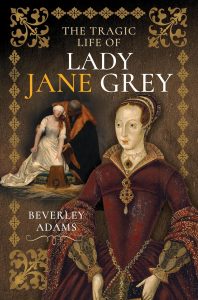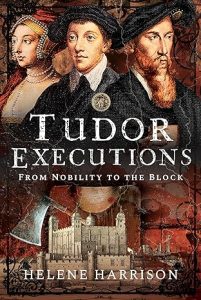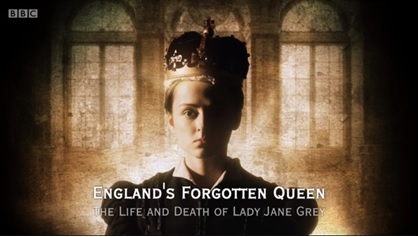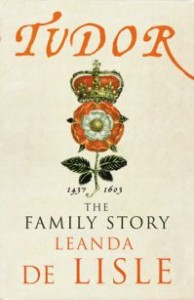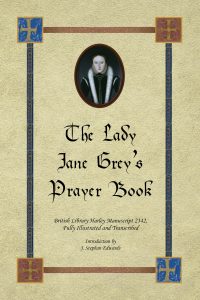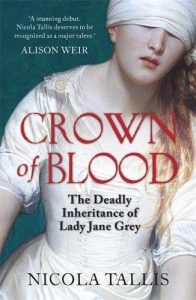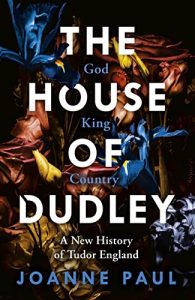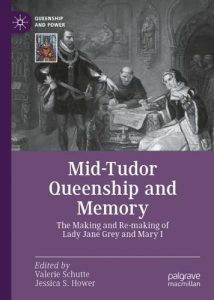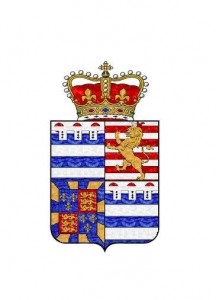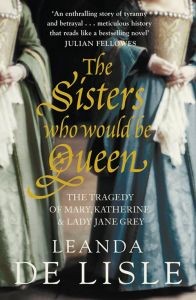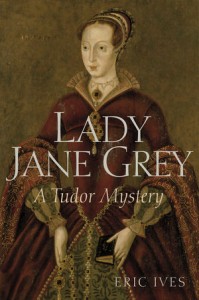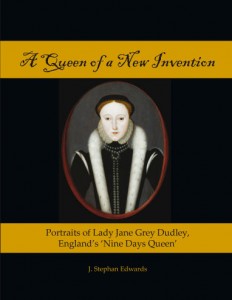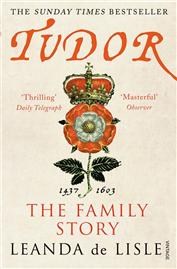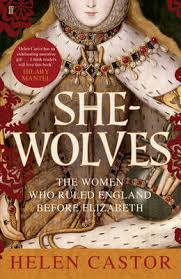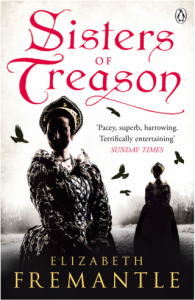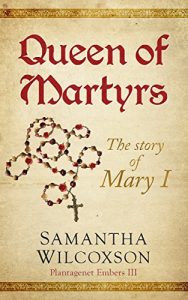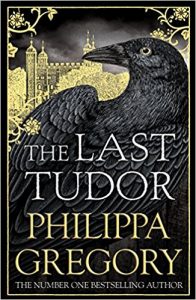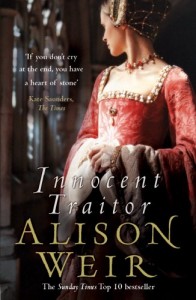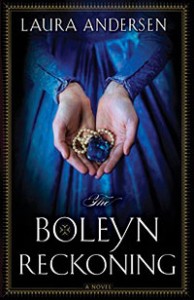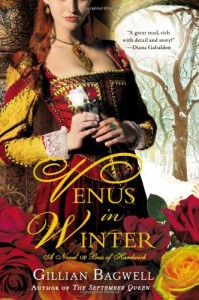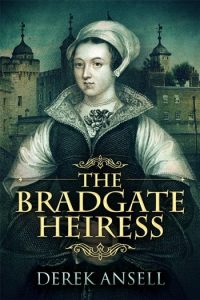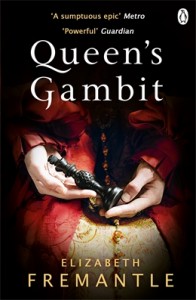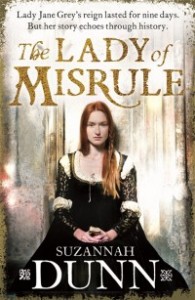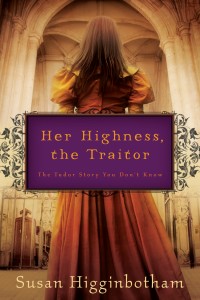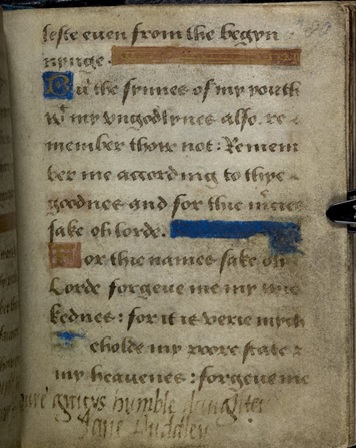2nd January 2014 – The Plantagenets: The Warrior Kings Who Invented England (Paperback) by Dan Jones
‘The Plantagenets inherited a bloodied, broken kingdom from the Normans, and set about expanding royal rule until it stretched at its largest from the Scottish lowlands to the Pyrenees, and from the Ireland to the foothills of the Holy Roman Empire. At the same time, they developed aspects of English law, government, architecture, art and folklore that survive to this day. Despite all this, and having reigned for twice as long as their eventual successors, the Tudors, the Plantagenets remain relatively unknown.
In this gripping, vivid new book, Dan Jones brings the Plantagenets and their world back to life. This is both an epic narrative history of the ‘high’ Middle Ages, and a spellbinding portrait of a family blessed and cursed in equal measure.
‘The Plantagenets’ sweeps from Henry II and Eleanor of Aquitaine’s creation of a European empire to Richard the Lionheart’s heroic Third Crusade and King John’s humbling under Magna Carta. It explores the beginning of parliament under Henry III. It charts the fierce rule of Edward Longshanks, who conquered Wales and subdued Scotland but could never come to terms with his own son, the ill-fated Edward II. The book comes to an exciting climax in the age of chivalry, as Edward III saw England triumph in the Hundred Years War while plague stalked Europe, before the Black Prince and his beautiful princess Joan of Kent raised a son, Richard II, who would come to destroy the Plantagenet legacy. It is a compelling, fascinating journey through Britain’s most spectacular age.’
Further details – Amazon.co.uk
14th February 2014 – The Wars of the Roses (Paperback) by Anthony Goodman
‘The second half of the fifteenth century was one of the most turbulent periods of English history. Popular knowledge of the bitter struggle for the throne between the rival houses of York and Lancaster derives largely from Shakespeare’s history plays, which in their turn were coloured by Tudor propaganda, and most books on the Wars of the Roses have concentrated on politics and personalities. This new edition of Anthony Goodman’s highly successful volume The Wars of the Roses is a military as well as social history of the wars. It has been expanded to include the latest research and additional maps and illustrations. In the first part of his survey Anthony Goodman presents an overall view of the campaigns, for the first skirmishes of 1452 to the last campaign in 1497, and examines the generalship of the commanders in both camps. In the second covering military organization – how armies were recruited, paid, fed, billeted, armed and deployed – he shows that in a period of rapid change in European methods of warfare the English were not so old-fashioned as has sometimes been supposed. In conclusion he assesses the effects of the wars on society in general. The book makes extensive use of fifteenth-century sources, both English and Continental, including chronicles, civic records, and letters, and presents a vivid picture of the wars as they were seen and described by contemporaries.’
Further details – Amazon.co.uk
1st April 2014 – Tudor Secrets & Scandals (Paperback) by Brian Williams
‘What constituted a secret or a scandal in times gone by? This entertaining title in this new series gives an overview of the times and attitudes to ‘secrets’, and what was meant by a ‘scandal’. The series uncovers revelations of spies and plots, financial scandals, secrets of the royal bedchambers, dynastic tangles, and the exploits of both villains and so-called saints. Noble lords and ladies sampled the same pleasures and sometimes met the same ghastly fate as common criminals. Enemies of the state plotted and were plotted against, while a horrible fate awaited those found guilty of treason, hanged, drawn and quartered to the jeers of the mob. Assassins lurked in alleys, ghoulish body snatchers opened graves in the dead of night…This highly illustrated guide includes places associated with the stories.’
Further details – Amazon.co.uk
3rd April 2014 – Fatal Rivalry: Power, Personality and the Decisive Battle for Renaissance Britain by George Goodwin
‘FATAL RIVALRY provides the first in-depth examination of the Battle of Flodden, the biggest and bloodiest in British history. James IV came to the Scottish throne as a fifteen-year-old widely suspected of ordering the murder of his own father. Chronicling James’s curbing of a nobility to whom regicide was second nature, FATAL RIVALRY charts his ascent to the first ruler of a unified Scotland. It shows how he was able to outfox Henry VII, and how the two countries later signed a Treaty of Perpetual Peace, cemented by James’s marriage to Henry VII’s eldest daughter, Margaret Tudor. Following five centuries of fluctuating relations with England, peace between the two countries was never guaranteed for long. After the death of Henry VII, James’s ambition to become a great Renaissance prince quickly clashed with the new teenage king, his brother-in-law Henry VIII of England. The ensuing rivalry was a full-scale political, ceremonial and even cultural competition at a time of rapid technological, economical and geopolitical change, fuelled by shifting alliances with France and Spain, Popes and Emperors. This book captures the importance of the key players in the story – the kings and their respective queens, their nobles, diplomats and generals – as the rivalry brought the two countries inexorably to war. Fatefully, it would be an error by James, that most charismatic of commanders, and in the thick of engagement, that would make him the last British king to fall in battle, would condemn the bulk of his nobility to a similarly violent death and settle his country’s fate.’
Further details – Amazon.co.uk
17th April 2014 – The Spanish Armada (Paperback) by Robert Hutchinson
Further details – Amazon.co.uk
1st May 2014 – Henry VIII’s England: A Guide to the Historic Sites of the Tudor Monarch and His Six Wives (Paperback) by Peter Bramley
Further details – Amazon.co.uk
5th June 2014 – Bosworth: The Rise of the Tudors (Paperback) by Chris Skidmore








